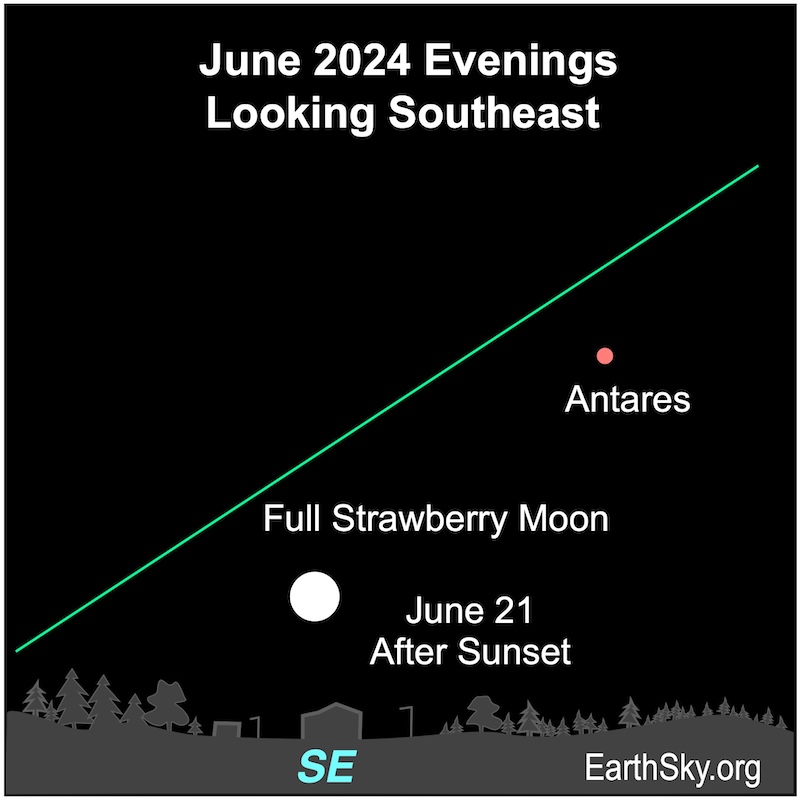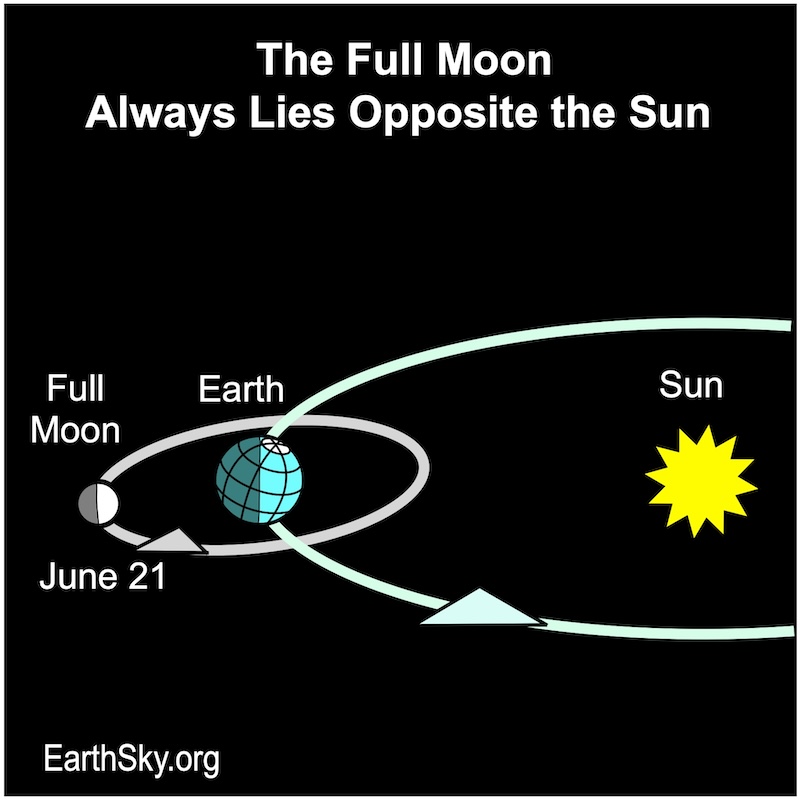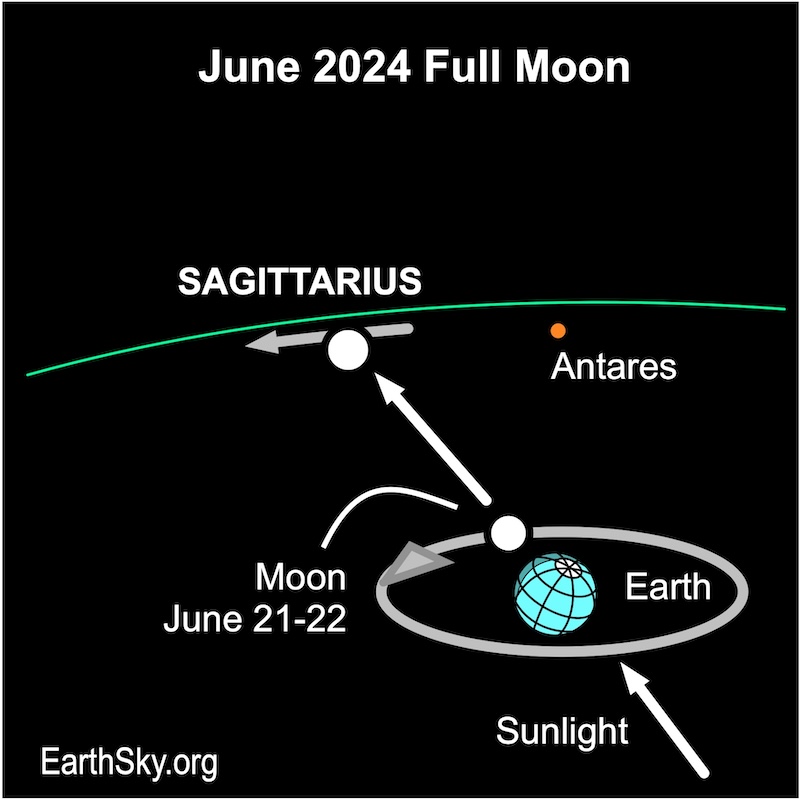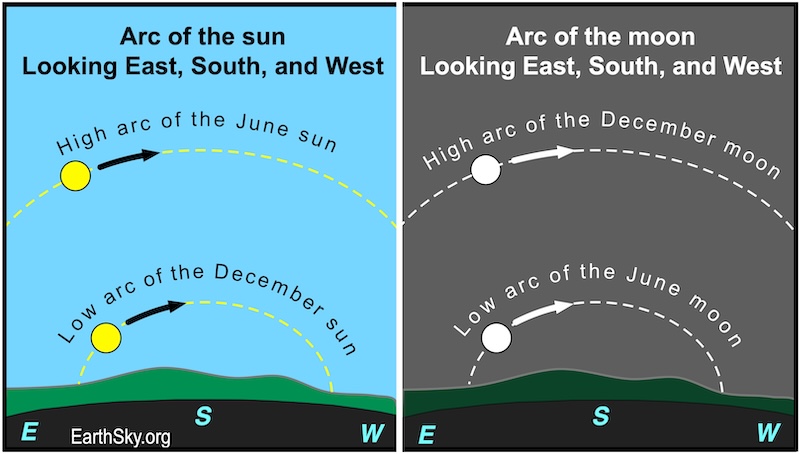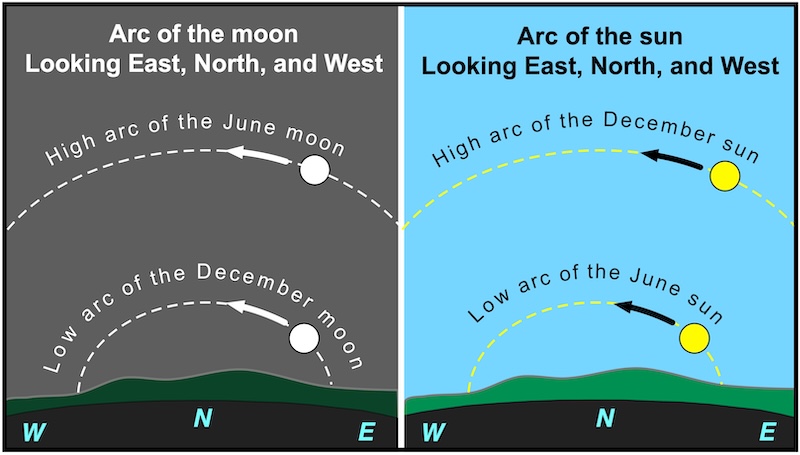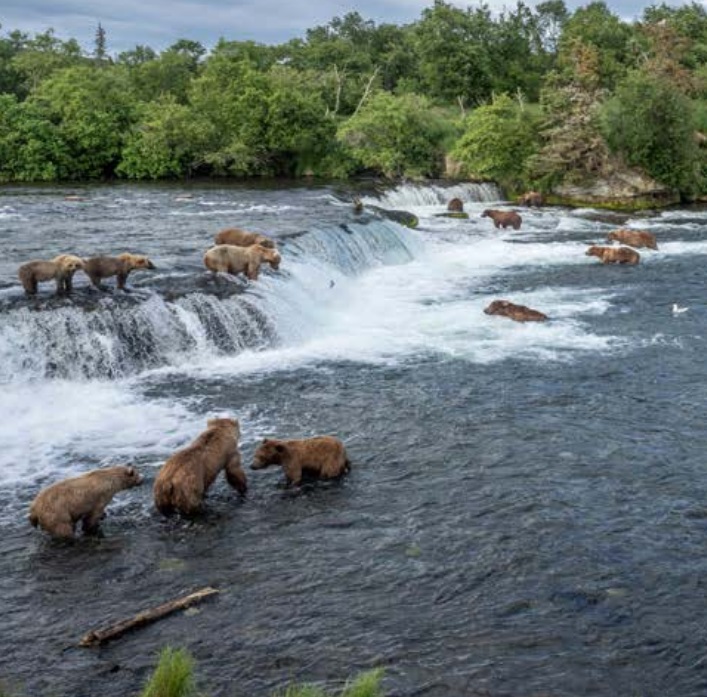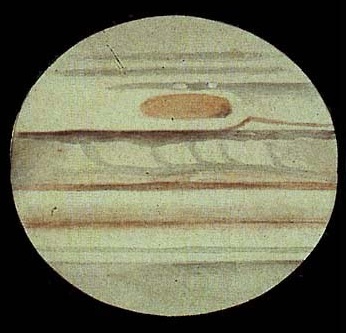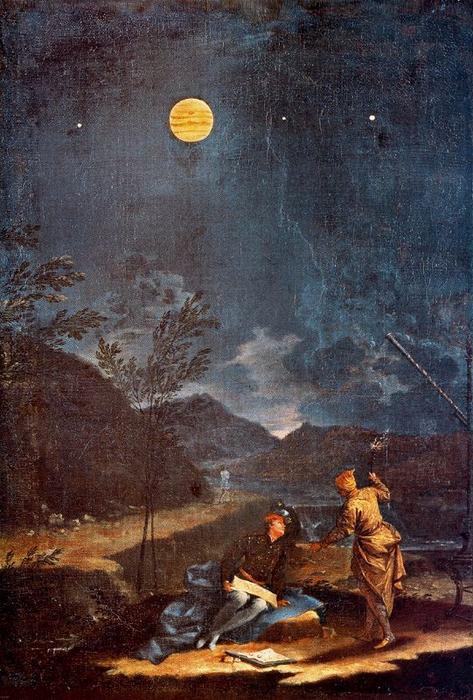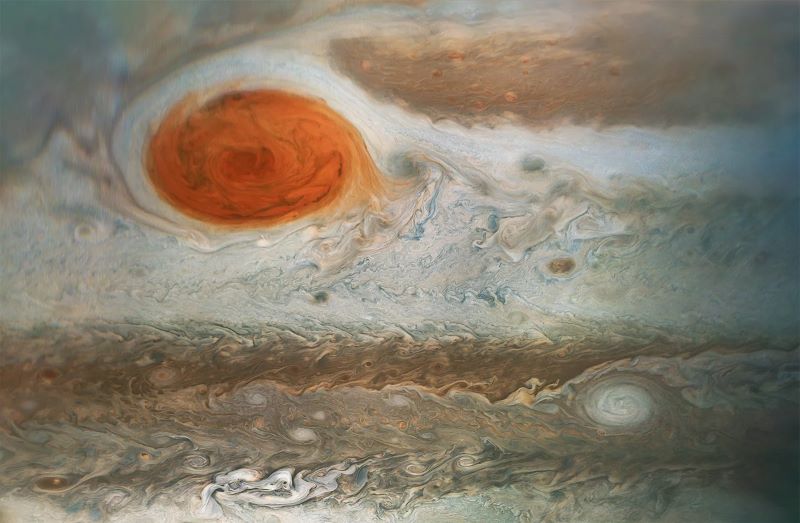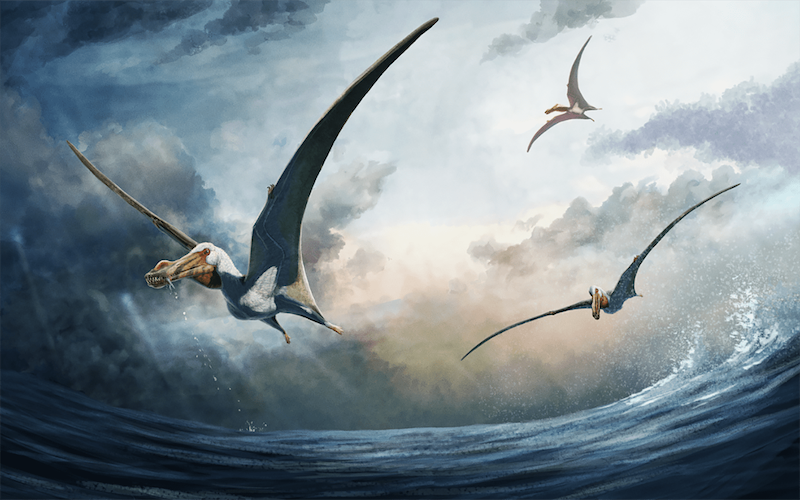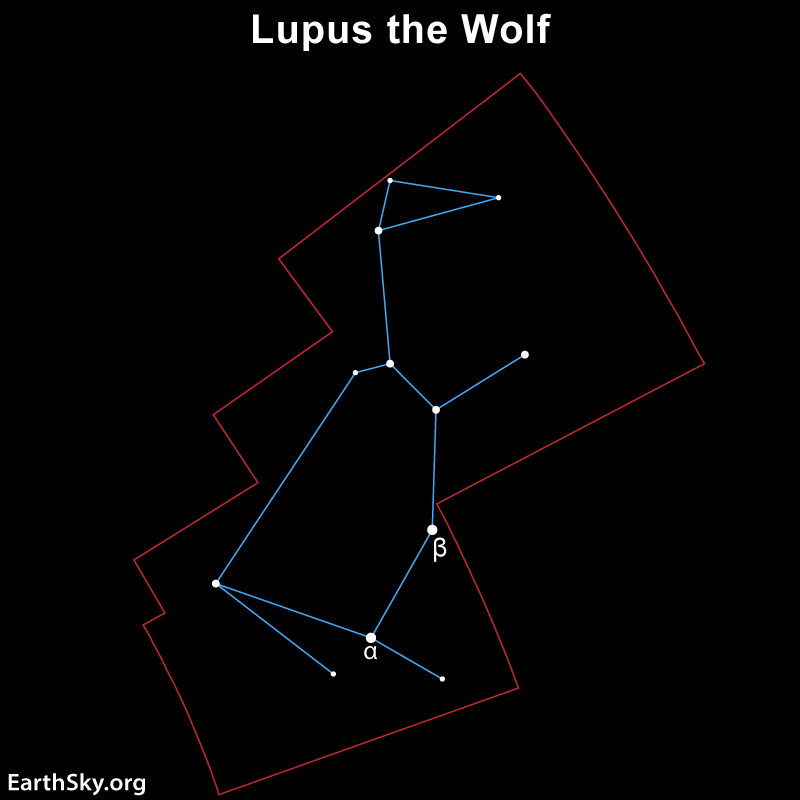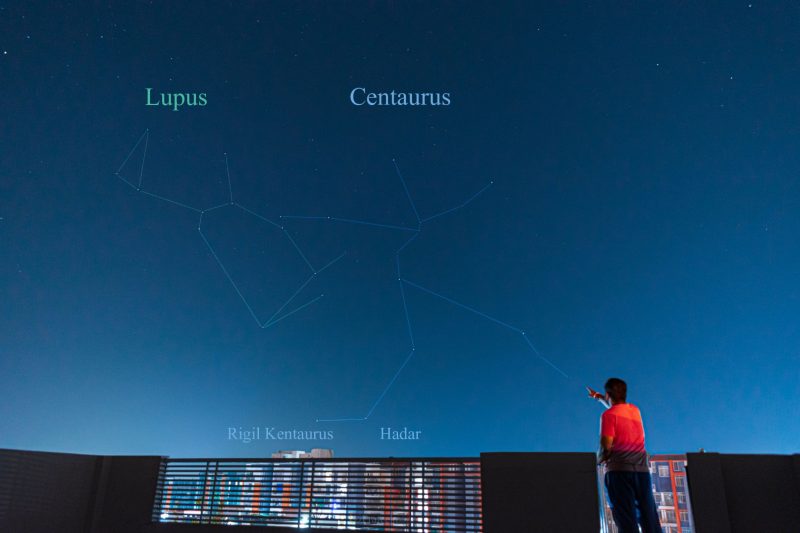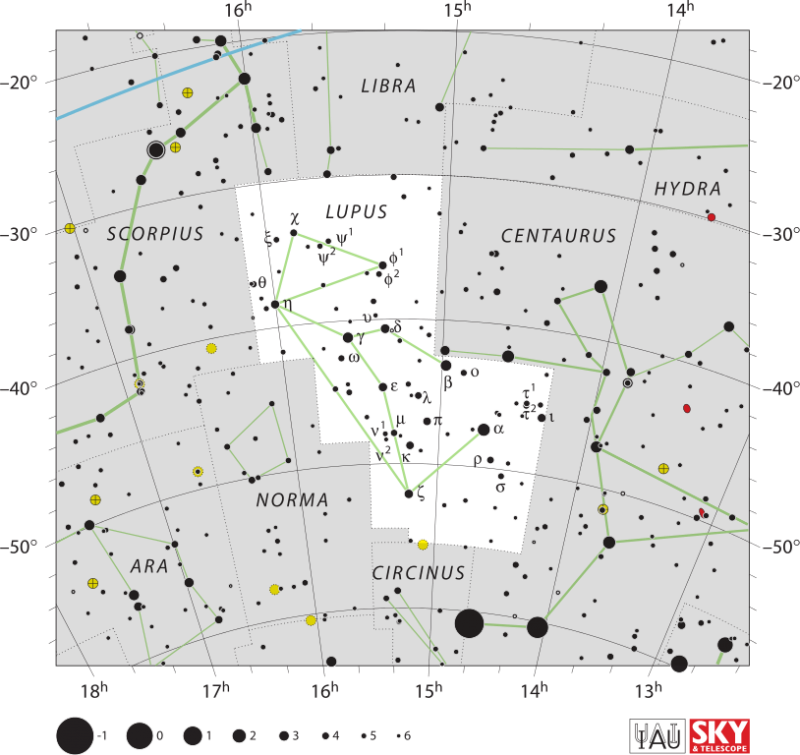
- A new study suggests dark matter may have collisional properties, challenging the standard cosmological model.
- The study analyzed the behavior of dark matter in the El Gordo cluster, supporting the self-interacting dark matter theory.
- Massive galaxy clusters like El Gordo provide valuable insights into the collisional properties of dark matter.
Self-interacting dark matter explains El Gordo
Scientists think 27% of the universe consists of dark matter, a mysterious but unseen substance. And if dark matter can interact with itself, it may explain the behavior of the biggest galaxy clusters in the universe.
That’s the insight Riccardo Valdarnini at the Scuola Internazionale Superiore di Studi Avanzati (SISSA) in Trieste, Italy, reported in a recent analysis late last month. Valdarnini looked at mass concentrations in the El Gordo galaxy cluster. He found the distribution supports a model of self-interacting dark matter (SIDM). The peer-reviewed journal Astronomy and Astrophysics published the study on April 12, 2024.
El Gordo – Spanish for the fat one and cataloged as ACT-CL J0102-4915 – is the largest known merger of galaxy clusters yet observed. Measurements from the Hubble Space Telescope suggest El Gordo, which sits 9.7 billion light-years from Earth, contains 3 million billion (3,000,000,000,000,000) times the mass of our sun. But only part of that is regular matter. Most of it – about 90%, according to Valdarnini – is invisible dark matter.
Cold dark matter clumps up too much
Valdarnini’s work on the mass distribution in El Gordo strongly suggests bits of dark matter are colliding with each other. Those interactions helped shape El Gordo’s ultimate form. He explained what he found in a SISSA news release from May:
The calculations indicated that in this cluster the observed physical separation between the points of maximum density of dark matter and those of the other mass components can be explained using the so-called SIDM (self-interacting dark matter) model, as opposed to the standard one.
The standard explanation – cold dark matter (CDM) – says the stuff doesn’t play well with others. It only interacts gravitationally with regular matter but doesn’t appear to come into contact with it or with itself. But that’s not what we find in El Gordo.
The most significant result of this simulation study is that the relative separations observed between the different mass centroids of the El Gordo cluster are naturally explained if the dark matter is self-interacting.
Invisible mass makes El Gordo lopsided
The mass of El Gordo has three parts: galaxies, gas and dark matter. Under the CDM model, the center of mass for the galaxies and dark matter should be same. In the SIDM model, however, they should be different. And that’s what the mathematical models of the El Gordo data shows.
A noteworthy feature is the peak location of the different mass components. At variance with what we see in the Bullet Cluster, another important example of a colliding cluster, the X-ray peak (from El Gordo) precedes the southeast dark matter peak.
That means, Valdarnini says, we’ve probably found self-interacting dark matter in El Gordo.
For this reason, these findings provide an unambiguous signature of a dark matter behavior that exhibits collisional properties in a very energetic high-redshift cluster collision.
Yet there’s still work to do, he notes. His simulation numbers for El Gordo don’t quite match up perfectly to observation.
This suggests that present SIDM models should be considered as only a low order approximation. And the underlying physical processes that describe the interaction of dark matter in major cluster mergers are more complex than can be adequately represented by the commonly assumed approach based on the scattering of dark matter particles.
That said, Valdarnini’s work provides strong evidence that dark matter does interact with itself. And knowing that could lead to a new understanding of a vast and invisible portion of our universe.
Bottom line: A recently published analysis of the El Gordo galaxy cluster suggests its internal behavior might be a result of self-interacting dark matter (SIDM).
Read more: Dark matter, a mysterious substance … What is it?
Via Scuola Internazionale Superiore di Studi Avanzati (SISSA)
The post Did colliding dark matter shape the El Gordo galaxy cluster? first appeared on EarthSky.
from EarthSky https://ift.tt/A1pwxJn

- A new study suggests dark matter may have collisional properties, challenging the standard cosmological model.
- The study analyzed the behavior of dark matter in the El Gordo cluster, supporting the self-interacting dark matter theory.
- Massive galaxy clusters like El Gordo provide valuable insights into the collisional properties of dark matter.
Self-interacting dark matter explains El Gordo
Scientists think 27% of the universe consists of dark matter, a mysterious but unseen substance. And if dark matter can interact with itself, it may explain the behavior of the biggest galaxy clusters in the universe.
That’s the insight Riccardo Valdarnini at the Scuola Internazionale Superiore di Studi Avanzati (SISSA) in Trieste, Italy, reported in a recent analysis late last month. Valdarnini looked at mass concentrations in the El Gordo galaxy cluster. He found the distribution supports a model of self-interacting dark matter (SIDM). The peer-reviewed journal Astronomy and Astrophysics published the study on April 12, 2024.
El Gordo – Spanish for the fat one and cataloged as ACT-CL J0102-4915 – is the largest known merger of galaxy clusters yet observed. Measurements from the Hubble Space Telescope suggest El Gordo, which sits 9.7 billion light-years from Earth, contains 3 million billion (3,000,000,000,000,000) times the mass of our sun. But only part of that is regular matter. Most of it – about 90%, according to Valdarnini – is invisible dark matter.
Cold dark matter clumps up too much
Valdarnini’s work on the mass distribution in El Gordo strongly suggests bits of dark matter are colliding with each other. Those interactions helped shape El Gordo’s ultimate form. He explained what he found in a SISSA news release from May:
The calculations indicated that in this cluster the observed physical separation between the points of maximum density of dark matter and those of the other mass components can be explained using the so-called SIDM (self-interacting dark matter) model, as opposed to the standard one.
The standard explanation – cold dark matter (CDM) – says the stuff doesn’t play well with others. It only interacts gravitationally with regular matter but doesn’t appear to come into contact with it or with itself. But that’s not what we find in El Gordo.
The most significant result of this simulation study is that the relative separations observed between the different mass centroids of the El Gordo cluster are naturally explained if the dark matter is self-interacting.
Invisible mass makes El Gordo lopsided
The mass of El Gordo has three parts: galaxies, gas and dark matter. Under the CDM model, the center of mass for the galaxies and dark matter should be same. In the SIDM model, however, they should be different. And that’s what the mathematical models of the El Gordo data shows.
A noteworthy feature is the peak location of the different mass components. At variance with what we see in the Bullet Cluster, another important example of a colliding cluster, the X-ray peak (from El Gordo) precedes the southeast dark matter peak.
That means, Valdarnini says, we’ve probably found self-interacting dark matter in El Gordo.
For this reason, these findings provide an unambiguous signature of a dark matter behavior that exhibits collisional properties in a very energetic high-redshift cluster collision.
Yet there’s still work to do, he notes. His simulation numbers for El Gordo don’t quite match up perfectly to observation.
This suggests that present SIDM models should be considered as only a low order approximation. And the underlying physical processes that describe the interaction of dark matter in major cluster mergers are more complex than can be adequately represented by the commonly assumed approach based on the scattering of dark matter particles.
That said, Valdarnini’s work provides strong evidence that dark matter does interact with itself. And knowing that could lead to a new understanding of a vast and invisible portion of our universe.
Bottom line: A recently published analysis of the El Gordo galaxy cluster suggests its internal behavior might be a result of self-interacting dark matter (SIDM).
Read more: Dark matter, a mysterious substance … What is it?
Via Scuola Internazionale Superiore di Studi Avanzati (SISSA)
The post Did colliding dark matter shape the El Gordo galaxy cluster? first appeared on EarthSky.
from EarthSky https://ift.tt/A1pwxJn

